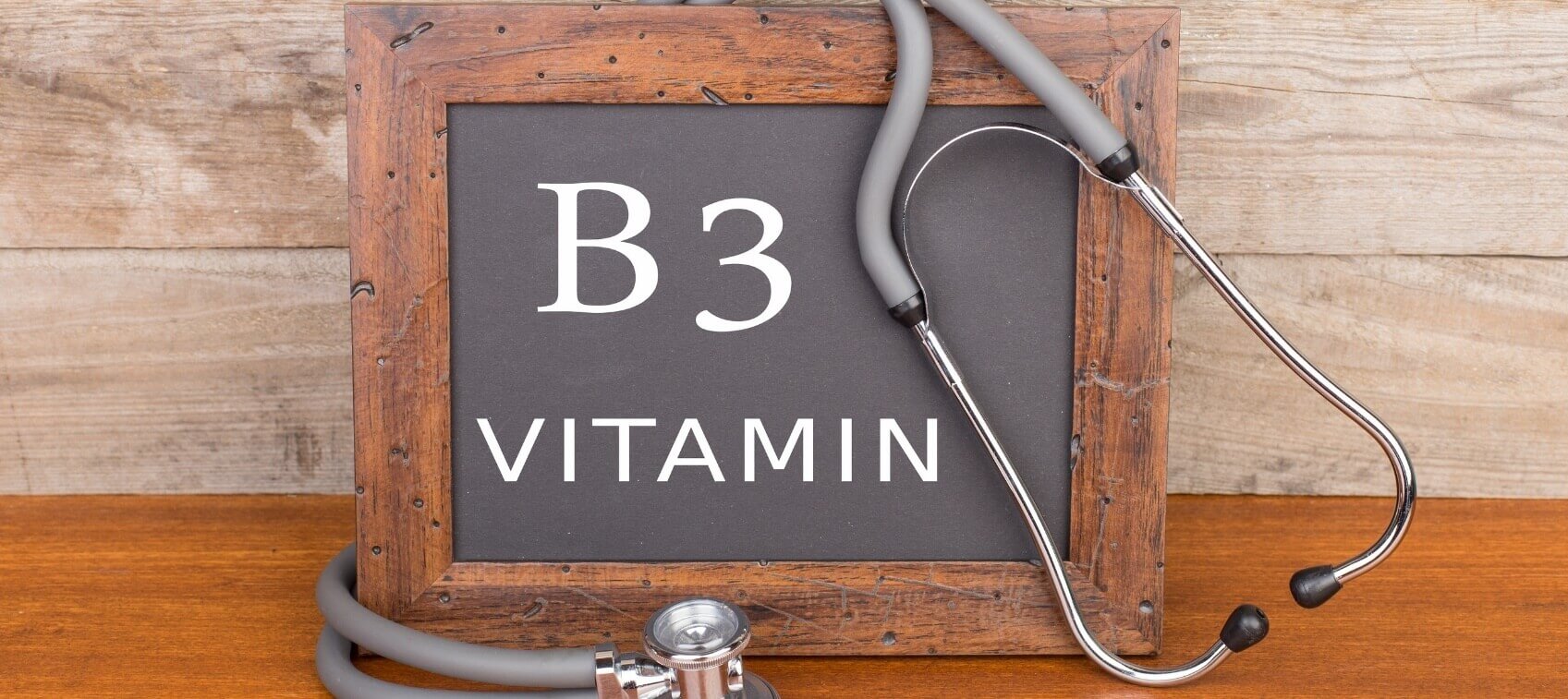
If I had to pick the one nutrient I receive the most questions about, it’s niacin (vitamin B3). That’s because many doctors, cardiologists included, are still in the dark about niacin for heart health.
How Niacin Improves Cholesterol
Niacin is one of the best nutrients for raising HDL cholesterol. A research roundup completed by an esteemed colleague of mine, Mark Houston, M.D., from the Vanderbilt University School of Medicine, revealed that niacin increased HDL levels by 10 percent to 30 percent. Higher HDL levels lead to plaque regression which helps to protect your blood vessels.
Another benefit of niacin is that it does an excellent job of lowering the small, dense LDL cholesterol particles that can clog your arteries. In his research, Dr. Houston also found that vitamin B3 benefits included reducing LDL cholesterol by 10-25%. Plus, niacin was shown to reduce triglycerides by 20-50%.
It’s Also a Nutrient that Decreases Lp(a)
Lipoprotein A, or Lp(a) for short, is a highly inflammatory, dangerous form of cholesterol. Elevated levels can alter the “stickiness” of your blood, which can lead to clots that up your risk of having a stroke or heart attack.
Niacin is one nutrient that decreases dangerous Lp(a) cholesterol particles. Fish oil, nattokinase, and lumbrokinase can help to neutralize the pro-clotting influence of Lp(a). Newer research has shown that Coenzyme Q10 (CoQ10) can also have a favorable impact on reducing Lp(a). This is great news because many of us take CoQ10 on a daily basis.
How Much Niacin Should You Take?
While you always want to work closely with your doctor, I recommend starting with 100 mg of niacin one time daily and slowly work up to 3 times daily, if you can tolerate the “niacin flush.”
What is the niacin flush? This tingly pins-and-needles sensation and sometimes hot flushing of the skin usually begins in the forehead and works its way down your arms and chest. It can occur initially at doses as low as 50 mg a day and typically lasts no more than a half-hour to an hour, then disappears.
The higher the initial dose you take, the greater the initial flush. Fortunately, you can minimize the intensity of the flush by taking the pills after meals. I've found the flush is most intense initially. As you continue, the intensity lessens and it could vanish within a week or two. If you tolerate 300 mg with or without the flush, you can try going to higher doses working up to 1-1.5 grams a day. But make sure you work with your doctor.
Some people use the non-flush form of niacin because they are uncomfortable with the flushing effect. The problem with that is you don't get the same good vascular benefits. Therefore, if you want reliable results, you should use the standard niacin for cholesterol, which is very inexpensive.


